Recladding your home is not just about aesthetic transformation; it’s a strategic upgrade to enhance your property’s value and functionality.
At Lumber Plus, we offer a range of top-tier building materials—including home recladding—that combine durability, sustainability, and visual appeal to create the best material for any recladding house project.
If you’re ready to learn even more about Lumber Plus—or maybe just house recladding costs—then keep reading, because we’re about to get started.
What is Recladding?
First and foremost, recladding is the process that involves replacing the external layer of a building to improve its overall appearance and resilience.
Some of the best reasons to renovate a house are because it increases the structural integrity, improves the insulation, and updates the building’s facade.
Choosing the Best: Top Materials for Your Recladding Project

When you consider recladding your home, Lumber Plus offers an array of high-quality material choices to suit any design preference and functional requirement. Here’s a detailed look at some of the material options available:
Thermowood®
Thermowood® is another innovative option offered by Lumber Plus. The material is thermally modified with heat and steam, which enhances its durability and stability without the use of chemicals—unlike some other natural wood materials.
It’s lightweight, easy to install, and suitable for both indoor and outdoor applications. Thermowood is a great choice for those looking for longevity and sustainability.
Each of these materials offers unique benefits, such as improved insulation, aesthetic versatility, and environmental sustainability.
Composite Materials
Composite cladding options are designed for durability and low maintenance. These materials are ideal for those looking for a variety of colors and textures while enjoying benefits like mold and mildew resistance. The best part?
Composite materials do not require sealing, which means they can last for almost 25 years.
In fact, one of the best composite materials for recladding is Norx ®, which comes in several different collections:
- London: This collection features Norx’s wide slat panels, which are designed with high-quality materials for easy installation. They come in four different colors options as well.
- Rome: The Rome collection features a natural wood-like finish that’s easy to clean and maintain, which makes them perfect for small spaces. Similar to London, the Rome collection has four different colors that match almost all projects or designs.
- Los Angeles: The Los Angeles collection is designed to have temperature-control qualities and be resistant to moisture and fading. In other words, it’s a collection that combines both beauty and functionality together.
- New York:The New York collection is designed to withstand the toughest situations and provide unique designs. It has a durable coating that is environmentally friendly.
Hardwood
For a more traditional or rustic appearance, hardwood cladding is an excellent option. Hardwood options, such as Ipe, and Cumaru, are known for their durability and high-end appearance, with a lifespan that can extend up to 75 years.
These materials are sustainably sourced, ensuring that your home improvement also supports environmental responsibility.
Planning Your Recladding: What You Need to Know
Before embarking on a recladding project, several crucial factors need to be taken into account to ensure a successful and cost-effective transformation.
- Environmental Impact: Choosing sustainable materials like those offered by Lumber Plus helps reduce your renovation’s environmental footprint.
- Architectural Harmony: Select materials that complement your home’s existing architecture for a cohesive look.
- Weather Resistance: Ensure the materials can withstand your local climate, providing lasting protection and minimal maintenance.
Step-by-Step Guide to a Successful Recladding Journey

Initial Assessment
The first step in any recladding house project involves a thorough evaluation of your home’s existing facade. This assessment helps identify any structural issues, material degradation, or aesthetic inconsistencies that need to be addressed.
Material Selection
This stage is about finding the right balance between aesthetic appeal, durability, and cost-effectiveness. When selecting your house recladding material, make sure to consider the local climate, the building’s architectural style, and long-term maintenance requirements—all of which can have an impact on the recladding material you can and should use.
Installation
Professional installation is something that everyone should consider—that is, unless you have years of experience as a contractor. If you don’t, that’s okay, but experienced contractors will handle the installation with ease and will help make sure your home’s recladding is securely fitted, properly sealed, and compliant with residential building codes.
Quality Assurance
After the installation, a comprehensive inspection is necessary to ensure the integrity and proper execution of the recladding project. The quality assurance process helps resolve any issues with the installation or material defects.
Getting a Closer Look at Home Recladding Costs
When planning a recladding project, understanding the recladding costs is one of the most important factors.
- The cost of recladding can be significantly influenced by the choice of materials, the scale of the project, and the labor involved.
- Typically, premium materials may represent a higher initial investment but can offer substantial returns in terms of durability and reduced maintenance needs.
- Investing in superior cladding solutions can enhance the thermal efficiency of your home, potentially reducing heating and cooling costs. This not only improves your comfort and reduces your environmental footprint but also boosts the overall market appeal of your property should you decide to sell.
Understanding these cost dynamics helps in making an informed decision that aligns with both your budget and your long-term homeownership goals.
Use House Recladding Materials from Lumber Plus

When you’re recladding your home’s exterior, it’s important to make sure you use the best recladding material, which you can find at Lumber Plus.
Our comprehensive selection of high-quality materials not only boosts curb appeal but also enhances the functionality of your home, ensuring longevity and sustainability.
As your trusted partner in home transformation, we are dedicated to delivering excellence.If this piques your interest, don’t hesitate to contact us for more information.






